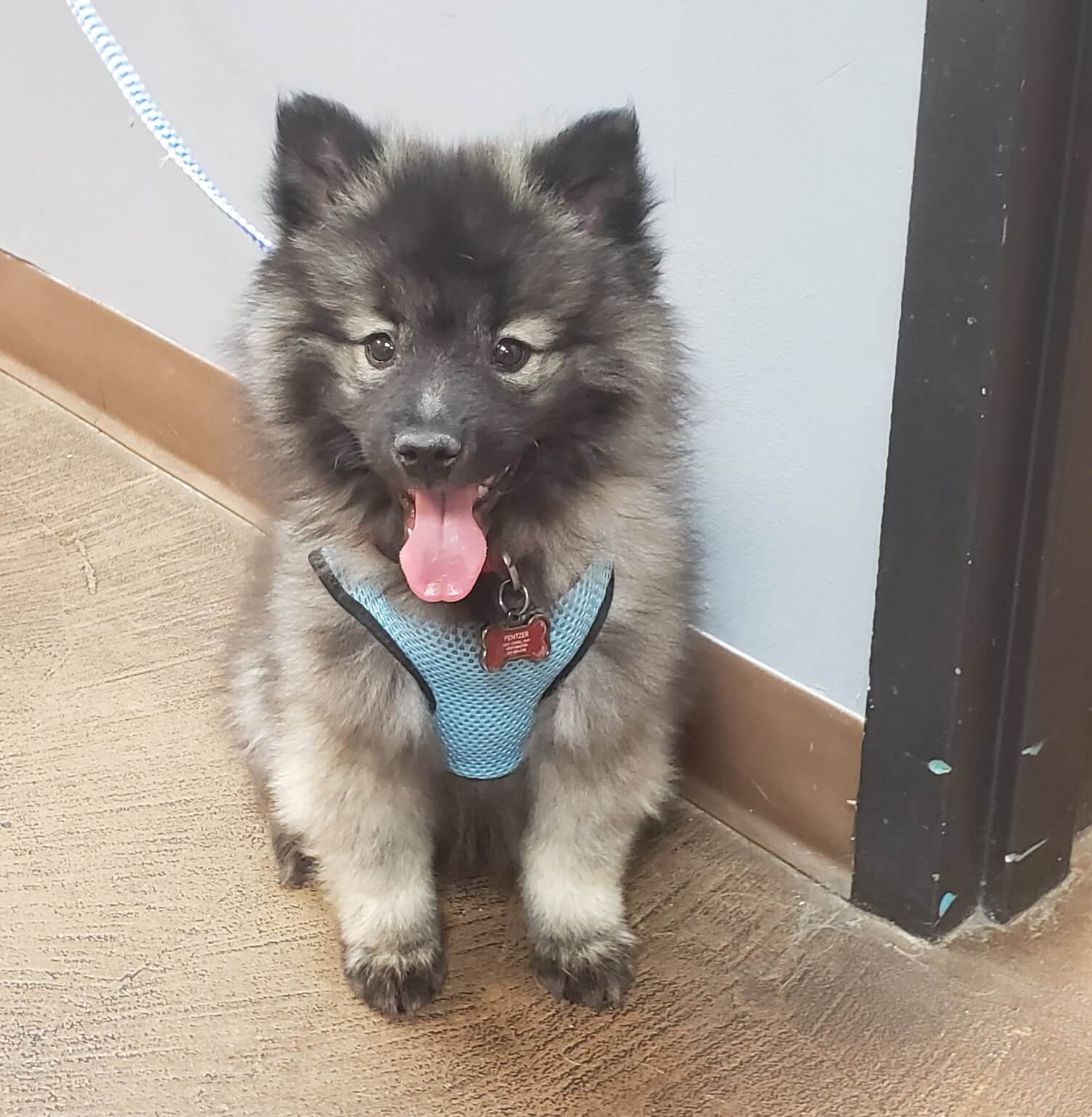
Evidence-Based Medicine
We provide evidence-based medicine for optimal patient care
Liberty Animal Hospital is a full-service veterinary hospital staffed by highly qualified and skilled professionals who are dedicated to providing excellent, compassionate patient care. We are committed to providing excellent care for you and your pet family. We are located in Westminster, CO and provide a wide range of veterinary services.
Our mission is to provide the best possible medical care for your pet while ensuring a positive experience for you and your family.
We believe that our patients are part of the family and we will always go the extra mile to ensure their well-being.
